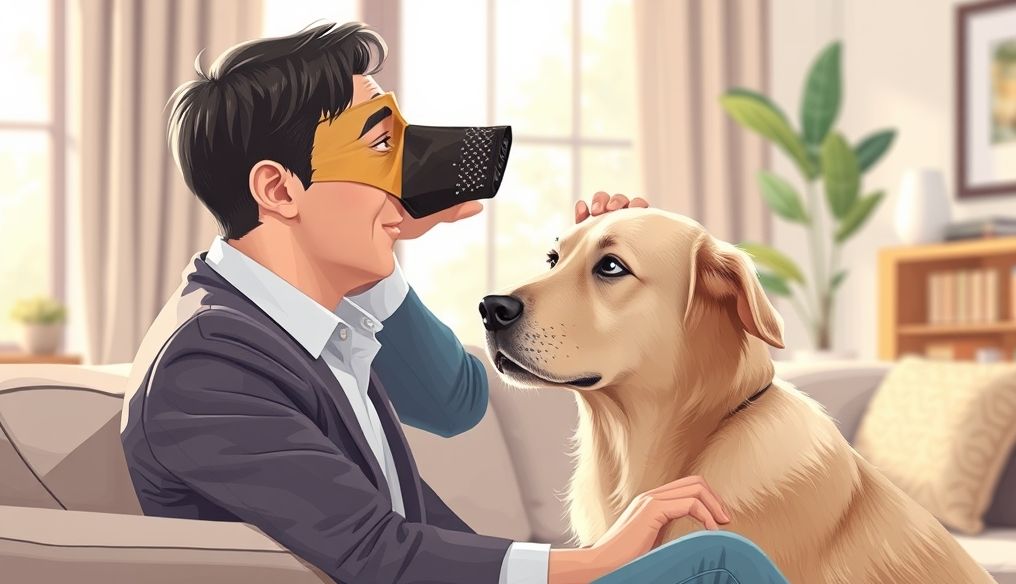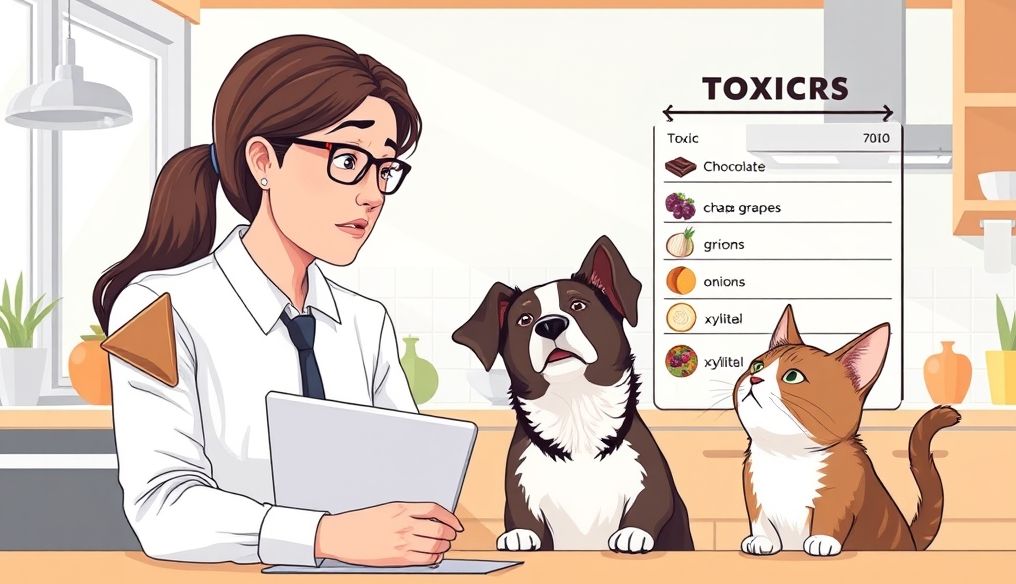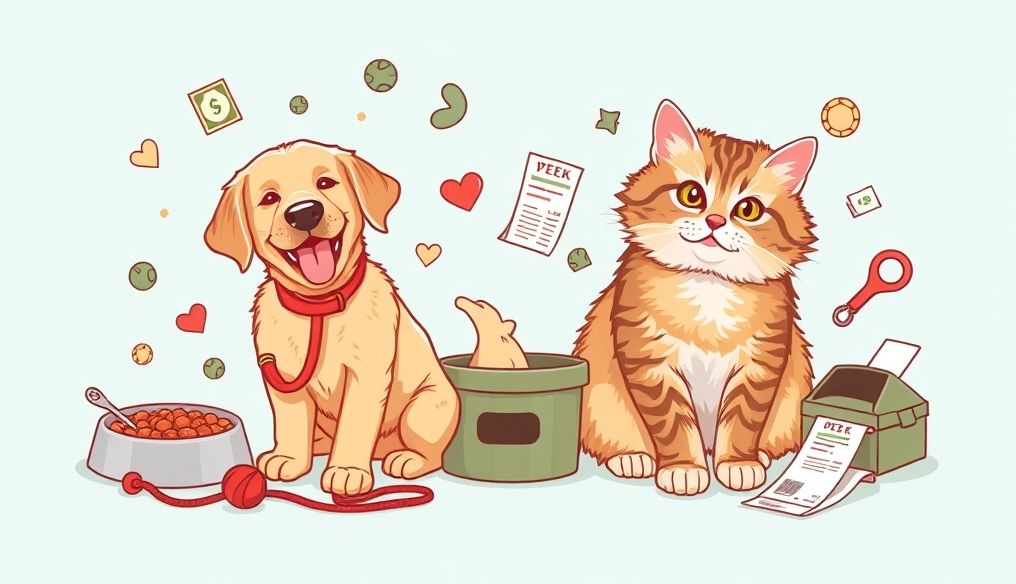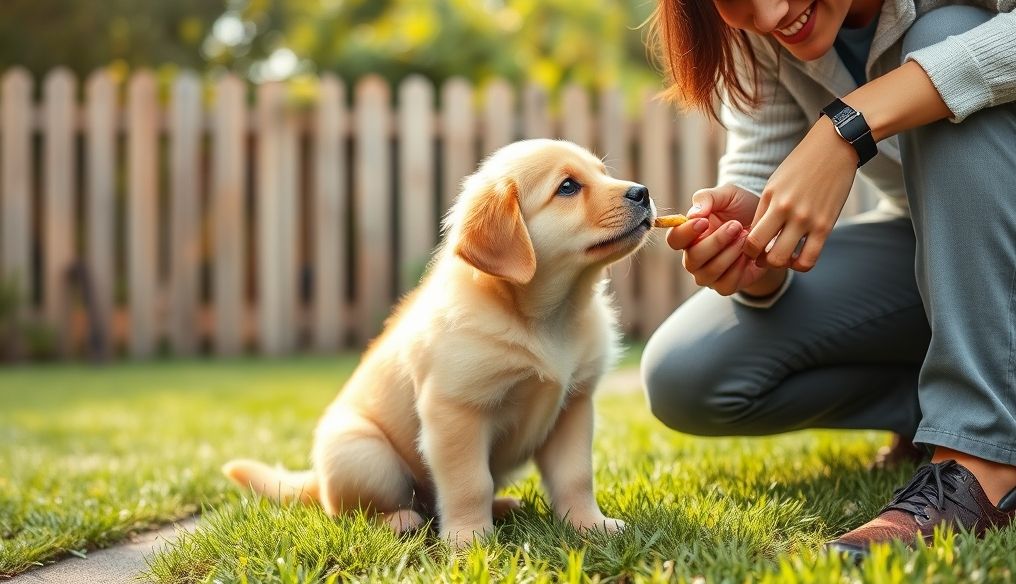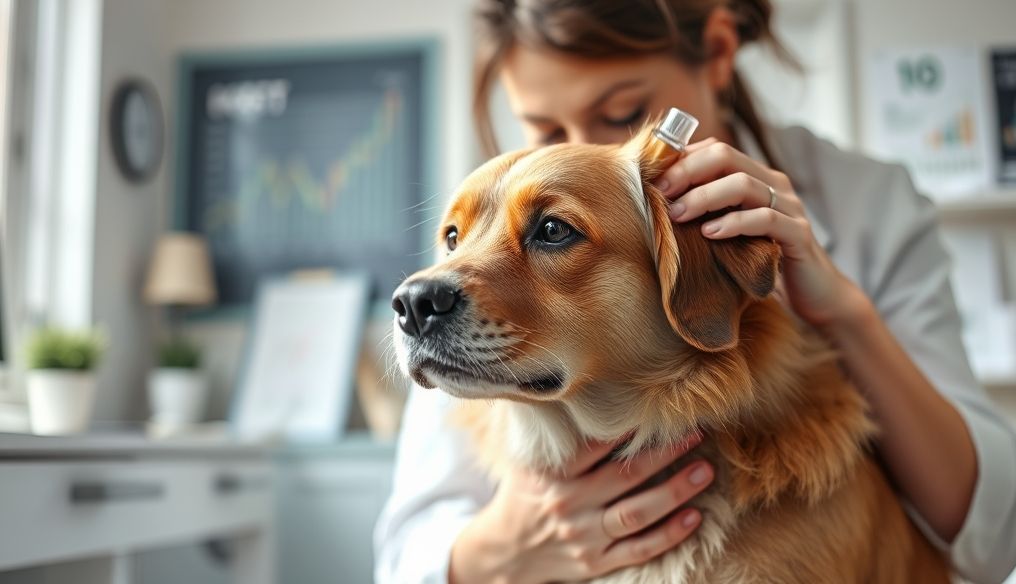Introduction: A Window into Your Pet's World
Pets, especially dogs and cats, communicate with us constantly through body language. Understanding this language is key to understanding their needs, feelings, and health status. It's not just a way to avoid misunderstandings, but also a way to strengthen the emotional bond between you and your companion.
Chapter 1: The Basics of Pet Body Language
Before diving into the details, it's important to understand some basics:
- Overall body posture: Is it relaxed or tense?
- Facial expressions: Does it look happy, scared, or angry?
- Tail movement: Is it raised, lowered, or wagging?
- Ears: Are they erect, drooped, or pulled back?
- Sound: Barking, meowing, growling, all carry different meanings.
Chapter 2: Dog Body Language: A Comprehensive Guide
The Tail: A Mirror of the Dog's Emotions
Tail movement isn't always a sign of happiness. Here are some interpretations:
- Tail raised and wagging quickly: Often indicates excitement and happiness.
- Tail lowered and wagging slowly: May indicate uncertainty or anxiety.
- Tail tucked between the legs: Indicates fear or submission.
- Tail raised straight and stiff: Can indicate aggression or asserting dominance.
The Ears: A Detector of Intentions
- Ears erect and pointing forward: Indicates attention and focus.
- Ears drooping: Often a sign of relaxation.
- Ears pulled back: May indicate fear or anxiety.
Facial Expressions: A Window to Emotions
- Panting with a relaxed face: Indicates happiness and comfort.
- Growling or baring teeth: A warning sign of anger or fear.
- Avoiding eye contact: May indicate fear or submission.
Practical Examples:
Example 1: If your dog is panting with a relaxed face and their tail is wagging quickly while playing, they are enjoying their time.
Example 2: If your dog is avoiding eye contact, putting their tail between their legs, and their ears are pulled back when you approach, they may be scared or anxious about something.
Chapter 3: Cat Body Language: The Art of Decoding
The Tail: A Precise Indicator of Mood
Unlike dogs, a cat's tail can be more complex:
- Tail raised straight up with a slight twitch: Indicates happiness and greeting.
- Tail puffed up: A sign of extreme fear or anger.
- Tail twitching vigorously: May indicate frustration or anger.
- Tail tucked: Indicates fear or pain.
The Ears: A Detector of Mental State
- Ears erect and pointing forward: Indicates attention and alertness.
- Ears pulled back or flattened against the head: A sign of fear or anger.
Facial Expressions: The Language of the Eyes
- Wide eyes: May indicate fear or excitement.
- Narrow eyes: May indicate relaxation or anger.
- Slow blinking: Often considered a sign of trust and affection.
Practical Examples:
Example 1: If your cat raises their tail straight up and twitches it slightly when you come home, they are happy to see you.
Example 2: If your cat pulls their ears back and puffs up their tail, it's best to stay away from them because they are scared or angry.
Chapter 4: Sounds: Beyond Barking and Meowing
The sounds that pets make also carry important meanings:
- Excessive barking: May indicate boredom, anxiety, or a need for attention.
- Constant meowing: May indicate hunger, pain, or a need for attention.
- Growling: A warning sign of anger or fear.
- Purring: Often indicates happiness and comfort (in cats).
Chapter 5: Changes in Behavior: Early Warning Signs
Sudden changes in your pet's behavior can be a sign of a health or emotional problem. Pay attention to:
- Loss of appetite or a noticeable increase in appetite.
- Lethargy or excessive fatigue.
- Urination or defecation outside the litter box (in cats).
- Sudden aggression.
- Hiding or isolation.
Chapter 6: Factors Affecting Body Language
It's important to remember that a pet's breed, individual personality, and past experiences can affect how they express themselves. For example, some breeds are more prone to barking than others, and some cats are more social than others.
Chapter 7: Practical Tips for Improving Communication
- Careful observation: Dedicate time to observing your pet in different situations.
- Continuous learning: Research information about your pet's breed and their specific needs.
- Veterinary consultation: If you are concerned about your pet's behavior, consult a veterinarian.
- Positive training: Use rewards and encouragement to teach your pet new behaviors.
- Create a safe and comfortable environment: Make sure your pet feels safe and comfortable in their home.
Chapter 8: Body Language Between Different Species
If you have more than one pet in the house, it's important to understand how they interact with each other. There is often a special body language between them, and you may need to intervene if there is conflict or tension.
Chapter 9: Common Mistakes in Interpreting Body Language
It's easy to misinterpret your pet's body language. Avoid these common mistakes:
- Assuming that tail wagging always means happiness.
- Ignoring the context surrounding the pet.
- Not paying attention to subtle changes in behavior.
- Relying on false beliefs about animal behavior.
Conclusion: A Stronger and Happier Relationship
Understanding your pet's body language is an investment in a stronger and happier relationship. By paying attention to the subtle details, you can better meet their needs, avoid misunderstandings, and create a deep emotional bond that lasts a lifetime.
